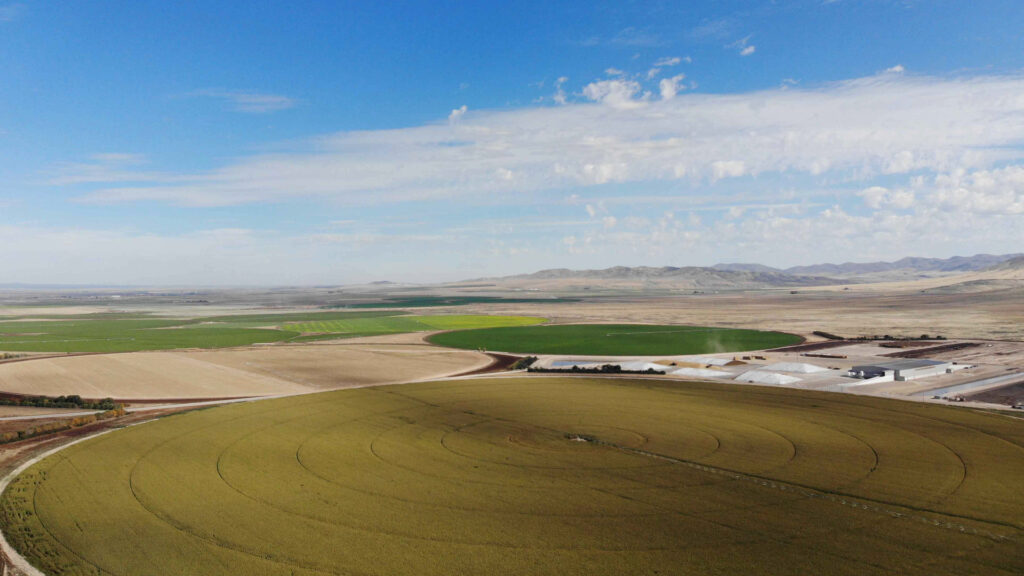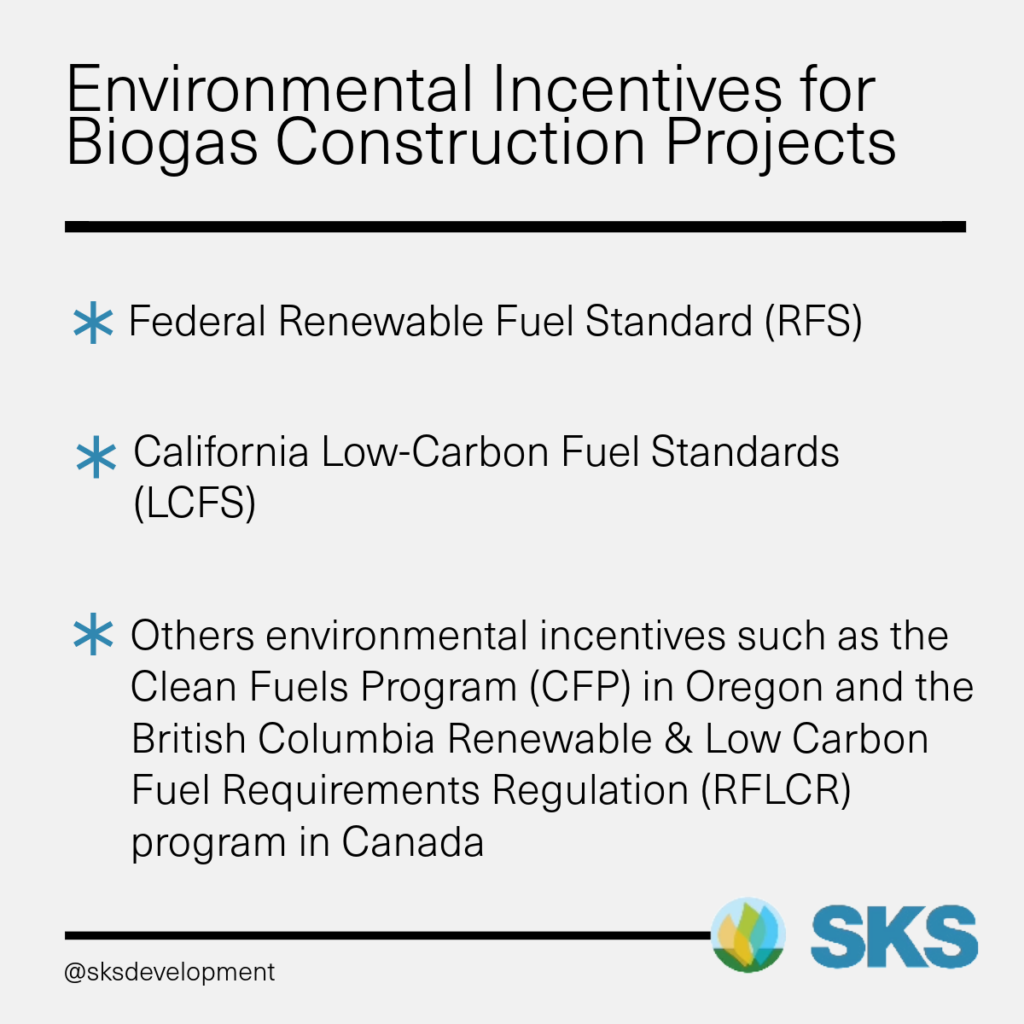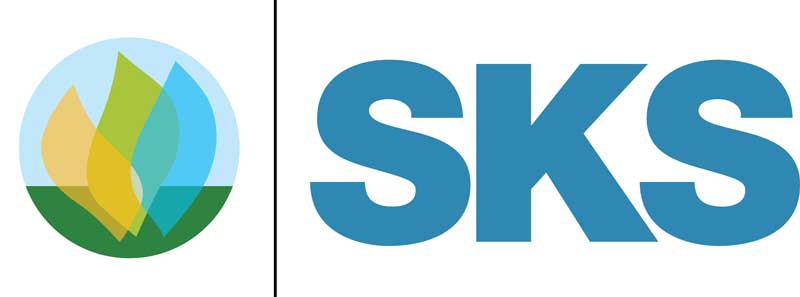Biogas is a renewable energy source that can be generated from organic waste, such as dairy manure. Biogas can be used to generate heat and electricity, and it can also be upgraded to renewable natural gas (RNG), which can be used as a transportation fuel.
Biogas projects are becoming increasingly attractive due to a variety of environmental incentives that provide additional sources of revenue. These credits can substantially increase the value of the biogas being produced and are sellable through programs such as the federal Renewable Fuel Standard (RFS) and the California Low-Carbon Fuel Standard (LCFS). The value of these credits varies depending on market conditions, but they can provide a significant stream of additional revenue for dairy farms.
Dairy farms that are considering developing a biogas project should carefully evaluate the environmental incentives available to them.

Environmental Incentives for Biogas Construction Projects
Federal Renewable Fuel Standard (RFS)
The Renewable Fuel Standard (RFS) is a federal program that requires fuel blenders to blend a certain amount of renewable fuels into the gasoline and diesel fuel that they sell. The RFS program was established in 2005 with a goal to reduce greenhouse gas emissions from transportation fuels and to promote energy security.
Renewable Identification Numbers (RINs) are credits that are generated for each gallon of renewable fuel that is produced. RINs can be sold to fuel blenders to meet their RFS obligations. RINs are traded on a commodities market, and prices vary depending on supply and demand, but they can usually represent a significant source of revenue for biogas projects.
To qualify for RINs, a biogas project must generate transportation fuel. This means that the biogas must be upgraded to RNG before it can be sold to a fuel blender. RNG can be used as a transportation fuel in the same way as natural gas.
California Low-Carbon Fuel Standards (LCFS)
The Low-Carbon Fuel Standard (LCFS) is a state program that requires fuel producers to reduce the carbon intensity of their transportation fuels. The program was launched in 2011 and has a goal of reducing greenhouse gas emissions from transportation fuels by 20% by 2030.
The LCFS program works by assigning a carbon intensity (CI) score to each type of transportation fuel. The CI score measures the amount of greenhouse gasses emitted over the entire life cycle of the fuel, from production to use. Fuels with lower CI scores are considered to be cleaner and more sustainable.
Fuel producers are required to reduce the average CI score of their fuels over time. They can do this by blending renewable fuels into their gasoline and diesel fuel, or by producing renewable fuels directly.
Dairy farmers can benefit from the LCFS program by converting their manure into RNG. Dairy farmers can sell LCFS credits to fuel producers in order to help them meet their compliance obligations. LCFS credits are traded on a commodities market, and prices can vary depending on supply and demand.
Others Environmental Incentives
In addition to the California Low-Carbon Fuel Standard (LCFS) and the federal Renewable Fuel Standard (RFS), there are a number of other environmental incentives available for biogas construction projects. Two notable examples include the Clean Fuels Program (CFP) in Oregon and the British Columbia Renewable and Low Carbon Fuel Requirements Regulation (RFLCR) program in Canada.

How Dairy Farms Can Maximize Environmental Incentives for Biogas Projects
Environmental incentives are particularly attractive to dairy farms because dairy manure has a much lower carbon intensity (CI) score than other feedstocks, such as food waste, landfill gas, or wastewater. This means that dairy manure to RNG projects can generate more LCFS credits, and therefore more revenue, for the same volume of RNG than other project types. Similarly, under the RFS program, RNG produced from dairy manure is considered “cellulosic biofuel”, which qualifies it to generate D3 RINs – the most valuable type of RIN. Additionally, LCFS credits and RINs can be stacked, meaning that dairy farms can earn even more revenue from their biogas projects.
The CI score is a measure of the greenhouse gas emissions associated with the production and use of a fuel. The lower the CI score, the cleaner the fuel is. Dairy manure to RNG projects typically have a CI score of -100 to -300, while food waste projects have a CI score of -50 to -200 and wastewater projects have a CI score of -25 to -100. Dairy manure’s lower carbon intensity compared to other feedstocks translates to substantial financial incentives, making biogas projects a highly attractive option for dairy farms.
SKS Development: Your Partner in Biogas Success
Environmental incentives make biogas construction projects a particularly attractive investment for dairy farms. By converting their manure into biogas, dairy farms can generate additional revenue, improve their environmental performance, and contribute to the development of renewable energy.
Additional resources:
- Turning Waste into Energy: The Benefits of Biogas
- Evaluating the Cost of Building a Biogas Facility
- How to Maximize Government Incentives for the Upfront Cost of Construction of Your Biogas Project
SKS Development’s team of engineers, project managers, and investment professionals have the know-how to help dairy farmers to leverage environmental incentives to drive system profitability and investment returns.To learn more, please reach out to the SKS team. We would be happy to answer your questions.
Disclaimer: This information is provided by SKS Development LLC for educational purposes only and does not constitute tax or investment advice. Please consult with a qualified tax advisor or investment professional to discuss your specific circumstances. This information was last updated in December 2023 and government incentives may have changed.
